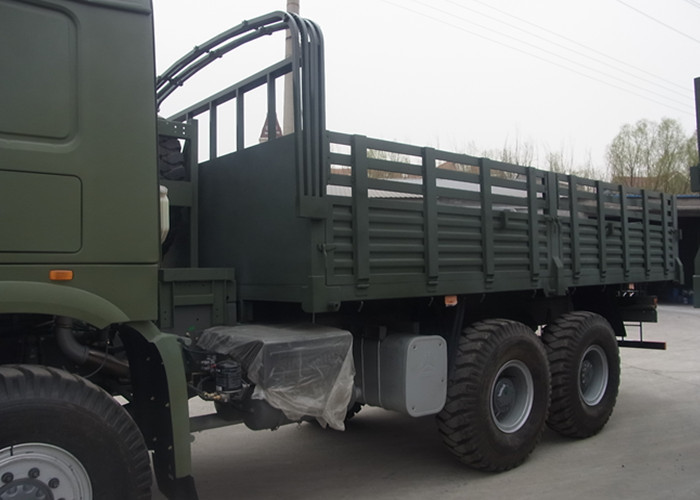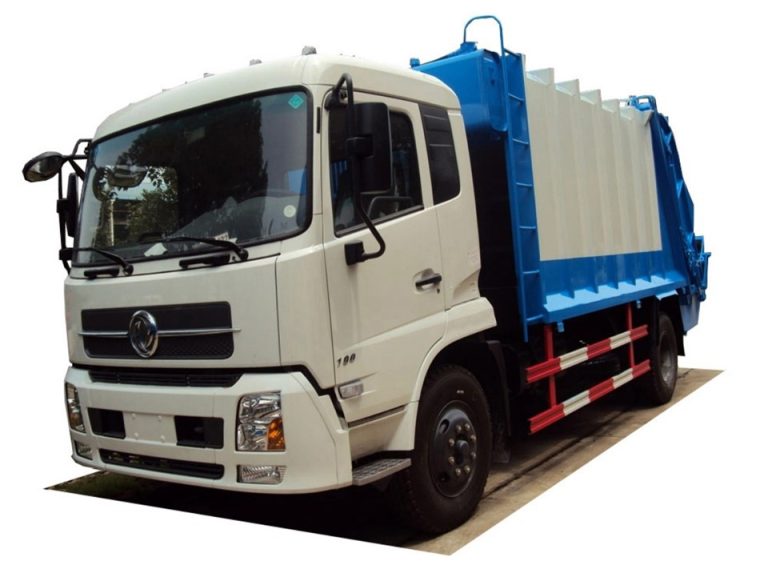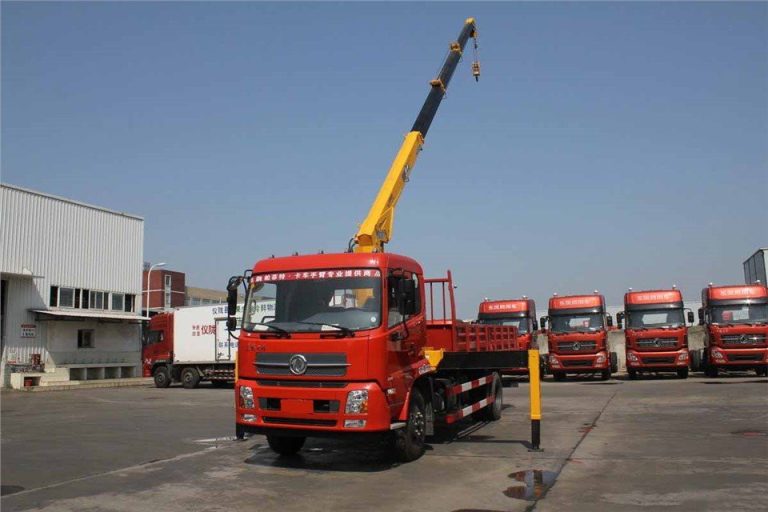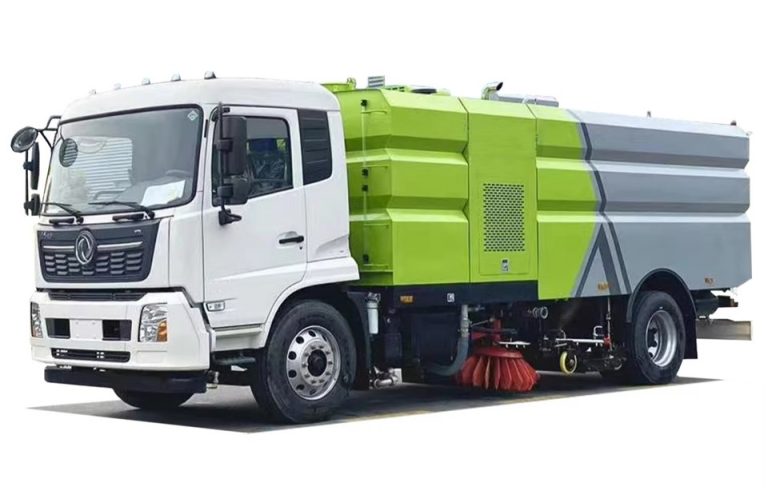When it comes to semi trucks, fuel tank size is a crucial factor for owners, operators, and trucking companies. The size of a fuel tank directly impacts range, efficiency, and overall operational costs. This comprehensive guide will delve into the various aspects of fuel tank size in semi trucks, helping you make informed decisions whether you’re buying a new truck, optimizing your fleet, or simply curious about the logistics of long-haul trucking.
What is a Semi Truck Fuel Tank?
A semi truck fuel tank is a container specifically designed to hold diesel fuel required for the truck’s operations. This tank plays a vital role in the vehicle’s performance, offering both the necessary fuel for long-distance travel and impacting the truck’s weight, balance, and efficiency. Fuel tank sizes can vary significantly among different semi truck models, and understanding these differences is critical for any operator.
Fuel Tank Sizes: Common Ranges
Standard Fuel Tank Sizes
Most semi trucks feature fuel tanks that range from 100 to 300 gallons. Here’s a breakdown of common sizes:
| Tank Size (Gallons) | Typical Range (Miles) | Best For |
|---|---|---|
| 100 – 150 | 300 – 600 | Regional haulers |
| 150 – 200 | 600 – 800 | Long-haul trucking |
| 200 – 300 | 800 – 1200 | Fleet operations |
Selecting the Right Size for Your Needs
The ideal fuel tank size depends on several factors, including:
- Type of trucking operation: Long-haul vs. regional
- Average distance traveled
- Fuel economy of the truck
- Type of cargo
Factors Affecting Fuel Tank Size Choices
Distance and Range Considerations
The purpose of the trip often dictates the fuel tank size you’ll need. For instance, regional delivery trucks may not require as large a tank as long-haul trucks. Understanding average miles between refueling stops is vital when selecting a tank size.
Fuel Efficiency and Mileage
A truck’s fuel efficiency can also dictate how much fuel is good to carry. Assess your truck’s miles per gallon (MPG) to better understand how much fuel you’ll need for a specific journey. For example, if your truck averages 6 MPG and you plan to drive 600 miles, you will need at least 100 gallons of fuel.
Example Calculation
Let’s assume a semi truck averages 6 MPG:
- Planned distance: 600 miles
- Average MPG: 6
- Required fuel: 600 / 6 = 100 gallons
Weight and Balance
A larger fuel tank will add weight to your truck, which can adversely affect its balance and handling. It’s essential to consider the maximum gross weight limits when selecting a fuel tank size to ensure you remain compliant with trucking regulations.
Fuel Tank Configurations
Single vs. Dual Tank Systems
Semi trucks can have either single or dual tank configurations:
- Single Tank: Simpler and lighter setup, but limits range.
- Dual Tanks: Increases fuel capacity, ideal for long hauls but adds complexity and weight.
Location of Fuel Tanks
Fuel tanks are usually located either behind the cab or under the trailer, which can affect the aerodynamics and overall weight distribution of the truck. Configurations vary based on manufacturer strategies and the truck’s design.
Material Considerations for Fuel Tanks
Common Materials Used
The most common materials for semi truck fuel tanks include:
- Aluminum: Lightweight and corrosion-resistant, aluminum tanks are popular for many modern trucks.
- Steel: Heavier but more robust; often used for heavier-duty applications.
Impact of Material on Performance
The choice of material affects not only the weight of the fuel tank but also its durability and maintenance requirements. Aluminum tanks often require less maintenance than steel tanks, which may rust and need periodic treatment.
Regulatory Considerations
Compliance with DOT Regulations
When selecting a fuel tank size and configuration, it’s essential to ensure compliance with the U.S. Department of Transportation (DOT) regulations to avoid legal issues and fines. Regulations on maximum weight and tank capacities can vary by state.
Environmental Regulations
Some local jurisdictions may also have environmental regulations governing fuel storage and spillage, impacting the type of tank you can use and where it can be located.
Fuel Tank Maintenance Tips
Regular Inspections
Ensuring the integrity of your fuel tank is imperative for safe operation. Regular checks for leaks, rust, and other signs of wear can prevent misfortunes and costly repairs.
Cleaning the Tank
Routine cleaning of fuel tanks helps prevent contamination. Dirty tanks can lead to clogged filters and injectors, affecting performance.
Cleaning Schedule
Consider a cleaning schedule such as:
- Every 5,000 miles for aluminum tanks
- Every 3,000 miles for steel tanks
Tips for Optimizing Fuel Tank Efficiency
Fuel Purchase Timing
Purchasing fuel during off-peak hours can save you money and ensure smoother transactions at the pump.
Use Fuel Additives
Fuel additives can improve efficiency and reduce deposits in fuel systems, ensuring your truck runs smoothly.
Monitor Fuel Economy
Keeping a close eye on your fuel consumption patterns will alert you to any significant changes that might indicate maintenance needs or inefficiencies.
FAQ Section
What is the average fuel tank size for a semi truck?
The average fuel tank size for a semi truck typically ranges from 100 to 300 gallons, depending on the truck’s configuration and the intended usage.
How can I determine the right tank size for my semi truck?
To determine the right tank size, consider your typical travel distance, fuel efficiency (MPG), and whether you operate regionally or long-haul.
Are there weight regulations I should be aware of regarding fuel tanks?
Yes, there are federal and state weight regulations governing the maximum gross weight of your truck, which includes the weight of the fuel.
What maintenance is required for fuel tanks?
Regular inspections for leaks and corrosion, cleaning to prevent contamination, and checking the fuel lines and filters are essential maintenance tasks.
Can I modify the fuel tank size on my semi truck?
Modifying the fuel tank size is possible but should be done in compliance with DOT regulations and must consider the impact on vehicle weight and balance.
What are the benefits of dual fuel tanks?
Dual fuel tanks allow for increased fuel capacity, which offers a longer range between refueling. However, they add complexity and weight to the truck.



